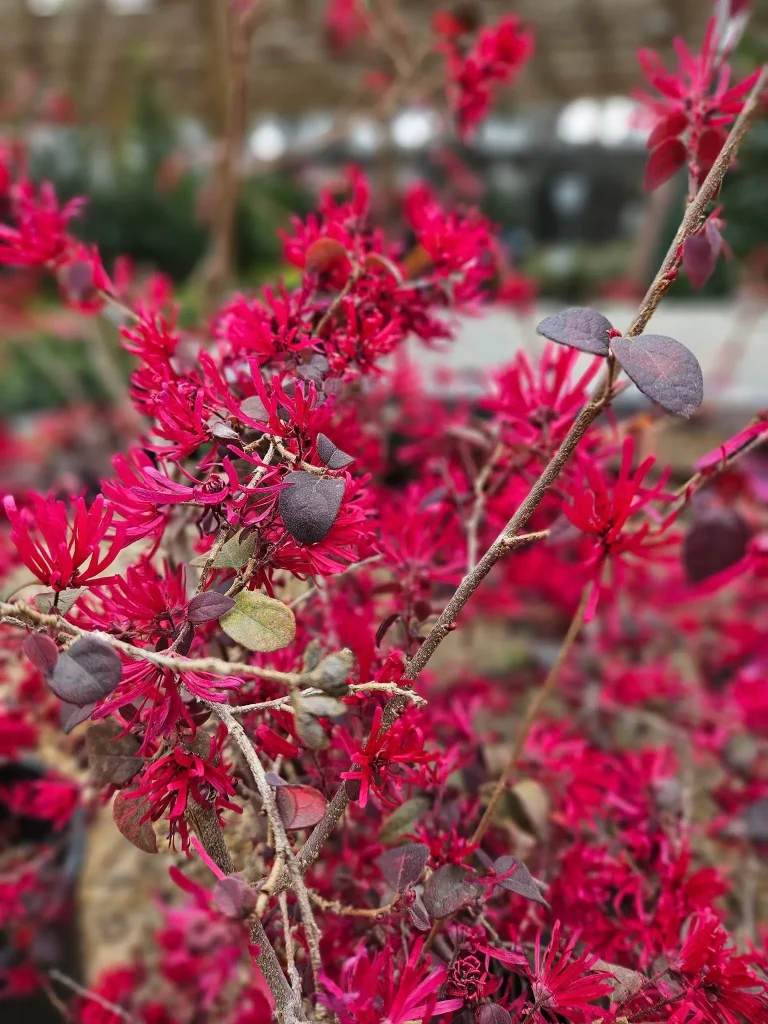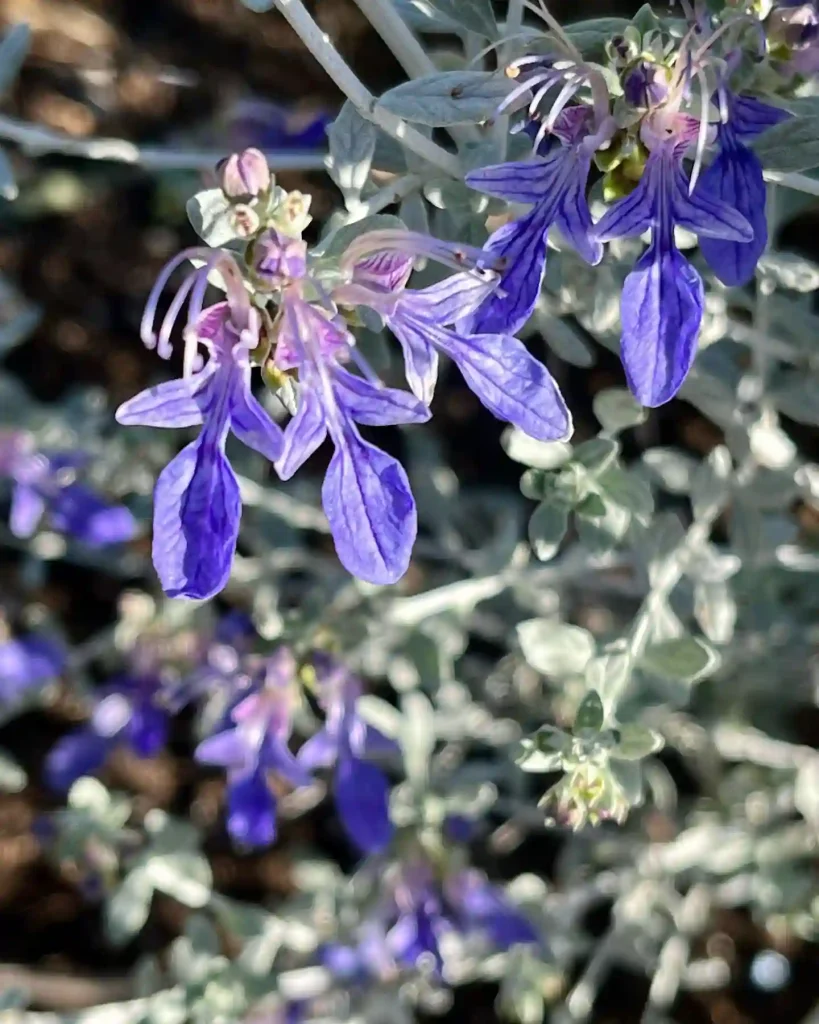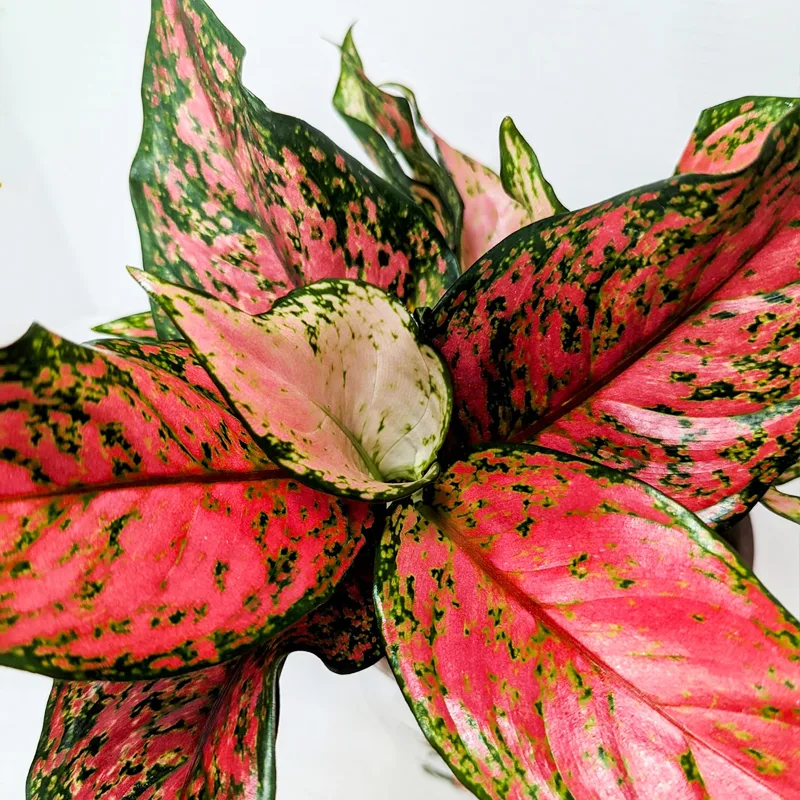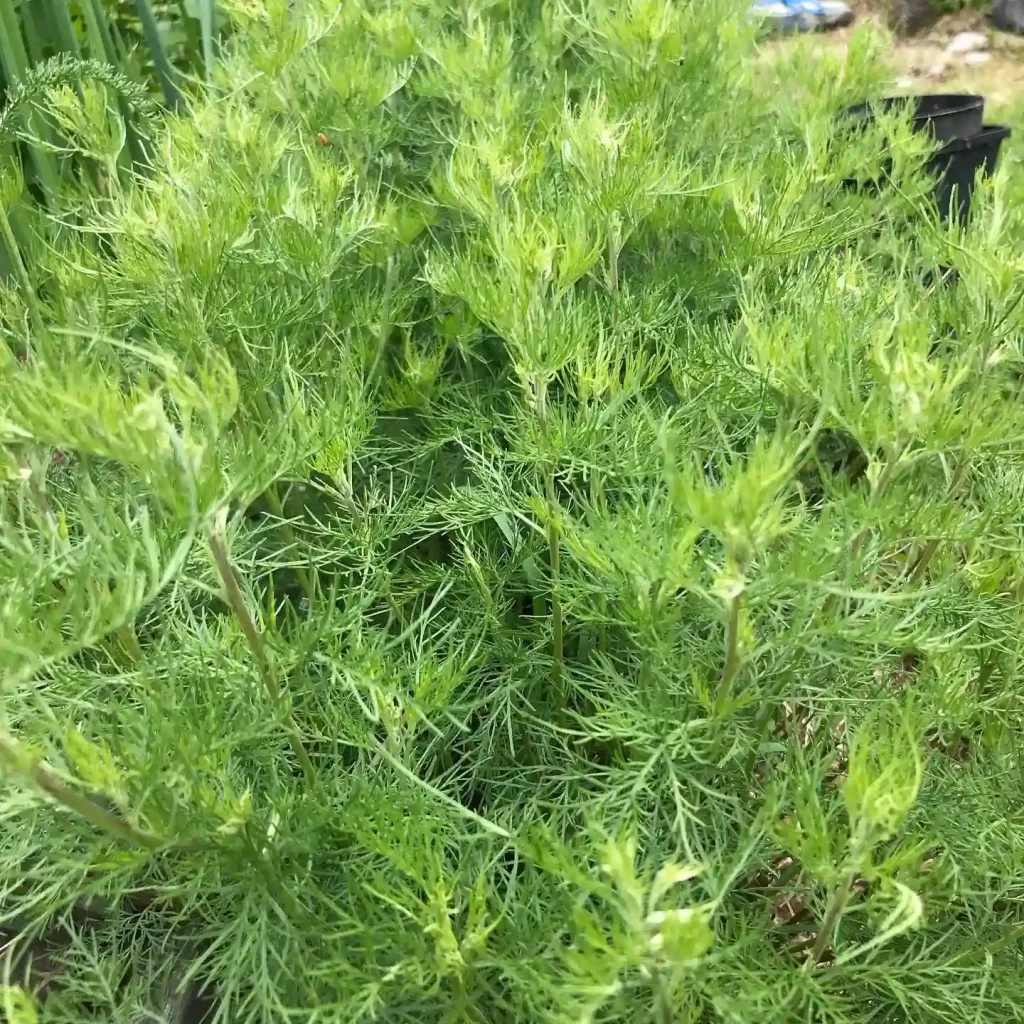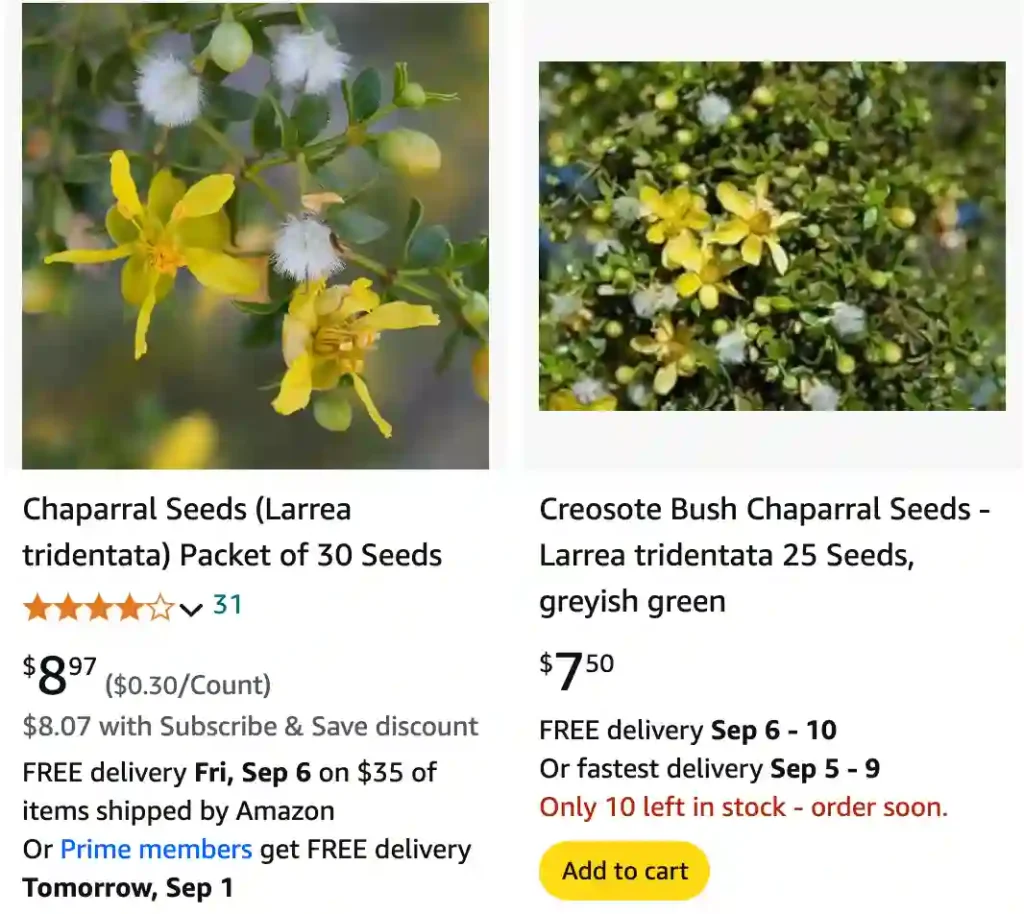
FAQs About Larrea Tridentata
As a plant enthusiast, I’ve delved into many fascinating species, but Larrea Tridentata, commonly known as the Creosote Bush, always stands out due to its unique characteristics and survival strategies. If you’re curious about this remarkable plant, here are some frequently asked questions and my personal insights.
5 Species in Genus Larrea
What Is Larrea Tridentata?
Larrea Tridentata is a hardy, drought-tolerant shrub native to the deserts of the southwestern United States and northern Mexico. Known for its distinctive creosote-like scent and small, waxy leaves, it thrives in arid environments. This plant is also famous for its longevity, with some specimens estimated to be thousands of years old.
How to Germinate Larrea Tridentata Seeds?
Germinating Larrea Tridentata seeds can be a bit challenging, but with the right approach, you can successfully grow this resilient shrub. Start by soaking the seeds in water for 24 hours to soften their hard outer shell. Next, plant the seeds in a well-draining soil mix, ideally a blend of sand and potting soil. Ensure the planting area has good drainage to prevent waterlogging. Keep the soil consistently moist but not soggy and provide plenty of sunlight. Germination may take several weeks, so patience is key.
How to Use Larrea Tridentata for Warts?
Larrea Tridentata has been traditionally used in folk medicine for various ailments, including warts. To use it, you can prepare an infusion or a topical paste from its leaves. Boil the leaves in water to create an infusion, or crush fresh leaves to make a paste. Apply the paste directly to the wart and cover it with a bandage. Leave it on for several hours or overnight, and repeat the process until the wart begins to diminish. However, always consult with a healthcare professional before using any plant-based remedies.
Is Larrea Tridentata Poisonous to Cats?
Larrea Tridentata is not commonly known to be toxic to cats. However, its bitter taste might discourage pets from chewing on it. Despite this, it’s always a good idea to monitor your pets and consult with a veterinarian if you suspect they have ingested any part of the plant. Some plants can cause digestive upset or other issues, so it’s better to be safe and keep potentially harmful plants out of reach.
When to Collect Larrea Tridentata?
The best time to collect Larrea Tridentata is during its peak growing season, typically in late spring to early summer. This is when the plant is most robust and its essential oils are most concentrated. Collect leaves and stems carefully, avoiding over-harvesting from a single plant to ensure its sustainability. If you’re collecting seeds, wait until they are fully matured, usually in late summer or early fall.
Larrea Tridentata vs Mexicana
Comparing Larrea Tridentata to Larrea Mexicana, another species in the same genus, reveals some interesting differences. While both species are similar in appearance and habitat, Larrea Mexicana generally has a more widespread distribution in Mexico compared to Larrea Tridentata’s focus on the southwestern United States. Larrea Mexicana tends to have slightly larger leaves and more pronounced flowering characteristics. Both species share the same hardy, drought-tolerant nature but may differ in their specific adaptations to local environments.
How to Care for Larrea Tridentata?
Caring for Larrea Tridentata involves mimicking its natural desert habitat. It prefers full sun exposure and well-draining soil. Water it sparingly, as overwatering can lead to root rot. This plant is highly tolerant of drought, so it’s best to let the soil dry out between waterings. Pruning is minimal but can help maintain its shape and remove any dead or damaged branches.
How to Propagate Larrea Tridentata?
Propagation of Larrea Tridentata can be achieved through both seeds and cuttings. For seed propagation, follow the germination steps mentioned earlier. To propagate via cuttings, take semi-hardwood cuttings from a healthy plant during the growing season. Dip the cut end in rooting hormone and plant it in a well-draining medium. Keep the cuttings in a warm, sunny location until roots develop.
What to Plant With Larrea Tridentata?
Larrea Tridentata pairs well with other desert-adapted plants. Consider planting it alongside species like Agave, Yucca, and Desert Marigold. These companions share similar water and light requirements, creating a cohesive and low-maintenance desert garden.
Can You Grow Larrea Tridentata Indoors?
Growing Larrea Tridentata indoors can be challenging due to its specific light and space needs. It requires full sunlight, which can be hard to provide indoors. However, if you have a bright, sunny spot or can use grow lights, it might be feasible. Keep in mind that this plant thrives best outdoors in its natural arid conditions.
Benefits of Larrea Tridentata
Beyond its aesthetic appeal, Larrea Tridentata has several benefits. Its natural oils have been used in traditional medicine for various ailments, and it serves as an excellent ground cover in desert landscaping. Its drought tolerance makes it a sustainable choice for xeriscaping, helping conserve water resources.
Common Problems with Larrea Tridentata
While Larrea Tridentata is quite resilient, it can face issues if not provided with proper care. Overwatering is a common problem, leading to root rot. Additionally, pests like aphids and scale can occasionally affect the plant, although it is generally less susceptible compared to other species.
By understanding these aspects of Larrea Tridentata, you can better appreciate its role in both natural and cultivated environments. Whether you’re growing it for its beauty, medicinal properties, or as part of a desert garden, this plant offers many unique characteristics to explore.
If i die, water my plants!
